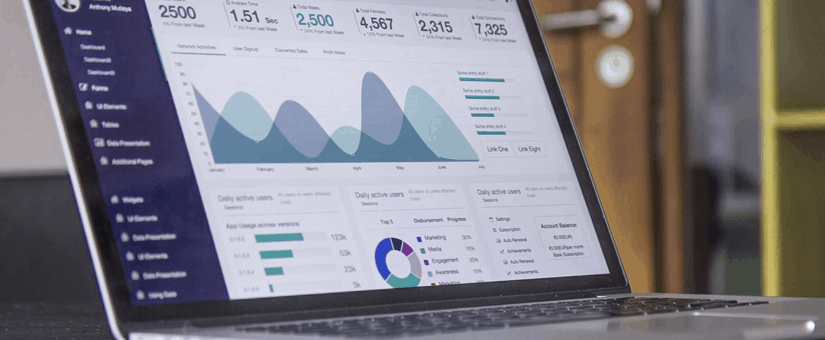
The challenges in configuring thousands of devices
- Posted by SolutionsTeam
- On March 21, 2021
- 0 Comments
While working with thousands of devices in a wireless network, one of the key challenges is to provision a multitude of devices at the same time. Even if a certain amount of time is allocated to provision each device linearly, is it possible to achieve utmost efficiency? Read more to find out the optimum ways to make your EMS more effective.
Wireless networks often present network operators with the challenge of making the same configuration changes across multiple devices. The investment of time and effort for configuring thousands of devices is more copious. As a resolution, automation gives you an edge in implementing changes, when you are working with hundreds or thousands of devices.
To meet the dynamic nature of a wireless network, the provisioning module of an EMS should be able to:
- Provision multiple devices simultaneously in large networks
- Handle template-driven provisioning
- Monitor the status of real-time changes and provide analytical reports
- Backup and rollback provisioned nodes to a previous stable state when errors occur during the provisioning process
- Allow provisioning to be scheduled for a predetermined day and time as well as for a predetermined interval of time
- The fault module should be capable of handling all common faults that are specific to that protocol (such as 802.11 or 802.16).
Bulk provisioning
Modern EMS solutions address the large-scale issue through support for bulk provisioning. With this feature, a single click allows you to implement a change across all devices. The provisioning functionality of an EMS should be flexible enough to provision specific changes based on the situation.
Template-driven configuration
Another requirement for the bulk provisioning functionality is the use of a template for provisioning. However, each template should give operators the ability to make minor modifications in order to accommodate the nuances of each device. This scenario is tricky: when several parameters are provisioned across many devices, most of the parameter values remain the same across all devices (with the exception of a few). For example, parameters that could vary across devices might be the device type (base station, access point, or CPE), its IP address, or the FTP server that the device needs to access for software upgrades. In this case, the provisioning functionality of the EMS should be built to dynamically substitute a few parameters during execution (based on some device characteristics).
Multi-threaded environment
In the case of wireless networks with thousands of nodes to be provisioned, using a process that provisions nodes one at a time would take too long. To reduce overall provisioning time, the EMS should be able to execute the process in a multi-threaded environment (using a thread pool to control it). This can bring provisioning time down to a few minutes.
Rollback capability
Rollback capability is a key requirement of provisioning functionality. It is the process by which an EMS can stop and rollback to a previous stable state when a problem occurs during provisioning. In the case of wireless networks (where many devices are being provisioned simultaneously), if a problem occurs with provisioning one of the nodes then all devices (including those successfully provisioned) need to be rolled back. This has to be done across all the threads that were involved in the process.
So, does your EMS check against all the features mentioned above? It is essential that your EMS is scalable enough to manage several devices. Meet NetMan, our EMS/NMS which has managed a broad range of devices – from hundreds to millions of them. It comes power-packed with all the required features for scalability, so you don’t have to break a sweat when the number of devices in your network increase.



0 Comments